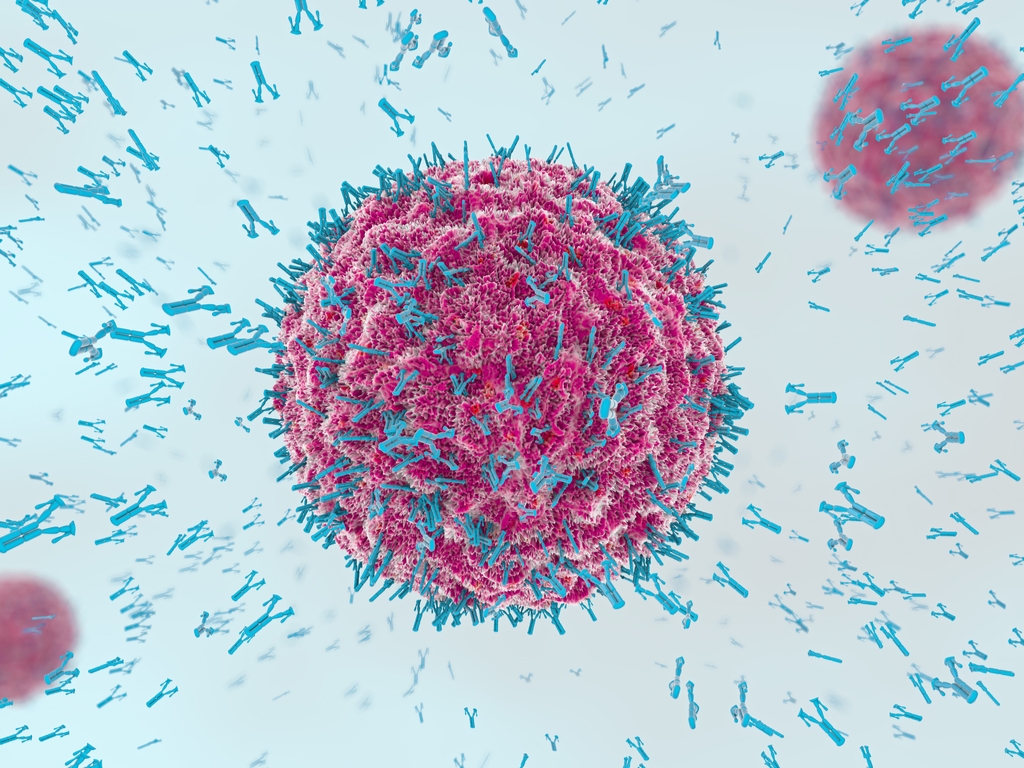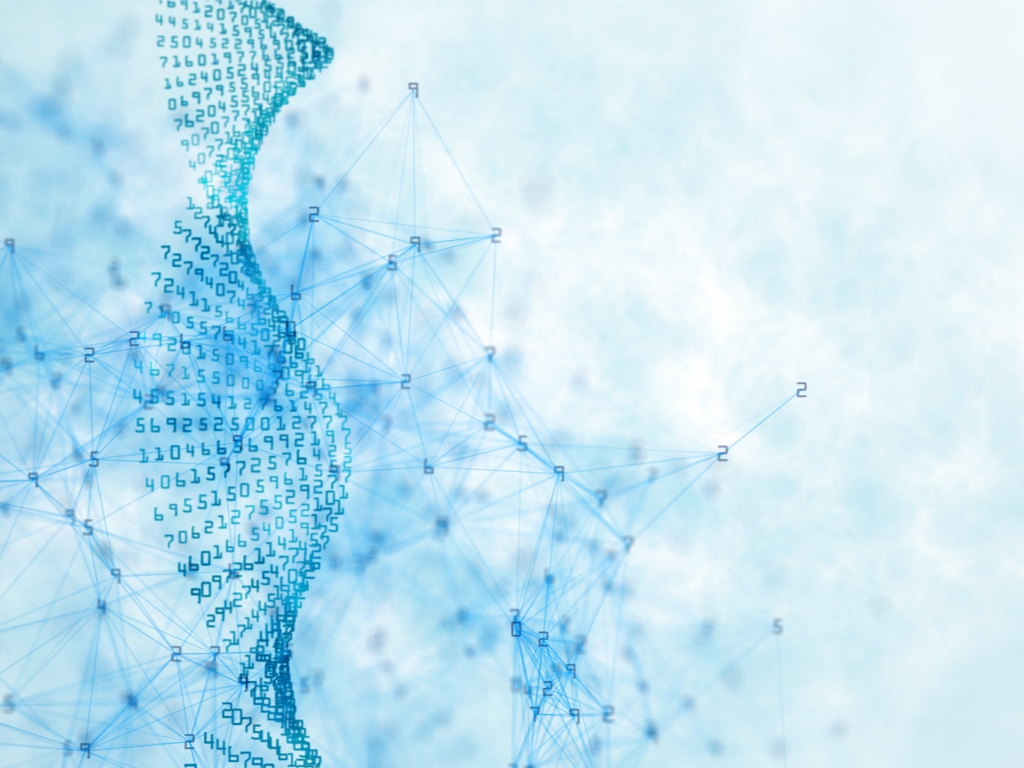Home > Insights > Biotech, Pharma Healthcare > How are Vaccines Manufactured?
How are Vaccines Manufactured?
June, 2020

Our Executive Perspectives are informational primers intended for executives and functional leaders. They are intended to provide a calculated mix of technical and commercial understanding of relevant topics in science and technology industries.
How are Vaccines Manufactured?
On average, it takes 12-36 months to manufacture vaccines (according to vaccineseurope.eu) where 70% of this time is spent on quality control. However, vaccine manufacturing depends on the kind of vaccine being manufactured – of which there are several types:
- Live vaccines (weakened): These vaccines trigger an immune response in the body but are designed so that the disease causing mechanisms are weakened. Both live and inactivated vaccines trigger life long immune responses.
- Inactivated vaccines (killed): These vaccines trigger similar responses to the weakened vaccines but are considered safer as the disease causing mechanisms have been inactivated. However, because of this inactivation, the immune response in the body is not as strong and multiple boosters are required to build up sufficient immunity.
- Toxoid: these vaccines are used to target toxins such as botulinum, tetanus or diphtheria. Toxoid vaccines are inactivated toxins and require boosters throughout lifetime for maintaining immunity.
- Subunit Vaccines: Instead of using the full vaccine, these subunit vaccines use only the antigen in order to minimize adverse reactions. However, it is not always easy to identify the best antigen on the pathogen for use as a subunit, which is why this technology is not always deployed.
- Conjugate Vaccines: These vaccines are manufactured by combining an antigen to a protein and are more commonly used for vaccinations of babies and immune-compromised individuals. Examples of conjugate vaccines include meningococcal and pneumococcal conjugate vaccines.
- DNA vaccines: DNA vaccines use a recombinant technology method, which includes identifying the antigen that elicits the immune response. Once the DNA sequence for this antigen is identified, only the DNA for that antigen is manufactured, often using biologic factories such as yeast, which generate high yield.
These types of vaccines are manufactured using two common technologies: chicken egg or mammalian cell culture. While using chicken eggs was the traditional method of vaccine production due to wide-spread availability combined with the ability to produce massive amounts of vaccines in a short period of time, advances in mammalian cell culture have increased in popularity. Cell lines that are commonly used for vaccine production include insect cells, MDCK, Vero or HEK293.
What is Egg-Based Manufacturing?
What is Mammalian Cell Culture?
Mammalian cell culture uses specific cells to serve as the incubation factories for the protein, antigen or antibody of interest. These cells are selected based on several factors, including availability, stability and growth characteristics (fast or slow).
Several other selection criteria used for cell lines include:
1. Finite vs. Continuous: Continuous cell lines grow indefinitely, finite do not. They are also easier to maintain, grow faster, clone more easily, produce higher yields and adapt more easily to serum-free media.
2. Growth Characteristics: Identifying growing times, yield (grams of material per cell per time), ease of harvesting and plating efficiency are all evaluation criteria used in the selection of a cell line.
3. Phenotypic Expression: Does it express the desired characteristics?
4. Control Cell Lines: If using a mutant cell line, is there a normal equivalent available?
Selecting a cell line for mammalian cell culture is a process – however there are hundreds of cell lines available so access is not the issue. It is more often the selection process to deliver the intended outcome that (rightfully so) takes up some considerable time.
- GSK (GlasoSmithKline)
- Merck
- Sanofi
- Pfizer
- Novavax
By: Kiran Chin


